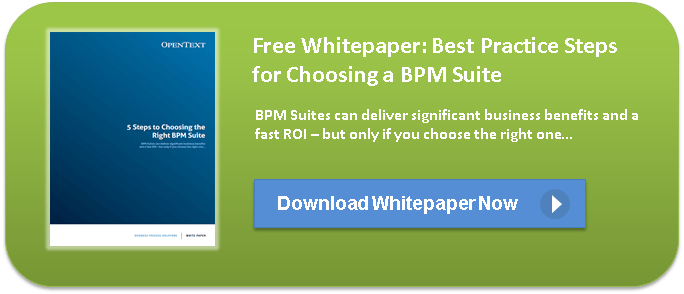The latest in ROI measurement

Is Your AI and Automation Strategy Right for You?
If you're in the fast-paced, ever-shifting world of business, you're likely invested in both business process management (BPM) and return on investment (ROI). These are both major factors in business management -- the former deals with a business' workflow, working on refining and improving it, while the latter is simply used to measure the return on investment.
The latest in BPM and ROI measurement tends to come from the business tech sector, as many of these processes can be automated through software and so those on the technological cutting-edge have been aggressively ensuring that they're up to date. ROI measurement isn't just important for big businesses, either: even Google encourages measuring return on investment for people using AdWords to increase the effectiveness of their service.
ROI, however, is not without its weaknesses. In the short term, measuring things purely with the latter can result in short-sighted, erroneous decisions that lead to problems in the long run. It is better used over a longer time to measure the success of a multitude of things that have already been done, in order to ensure that inconsistencies -- such purchases being made when things are cheaper, resulting in higher returns -- aren't being used to measure the whole.
ROI can only be calculated with individual BPM projects applied to certain processes, as well. You can't apply this measurement to the whole of your BPM projects, since measuring ROI means that you have to work with a single project at a time. That aside, let's talk about some examples of the latest in return on investment measurement.
These examples include the following:
- Using BPM initiatives to realize BPI. This basically means using external tools and processes to ensure BPM accountability, and finding KPIs (key performance indicators) in order to measure ROI.
- Twitter is adding transaction values and key conversion tags to its advertising features. Essentially, this allows advertisers to learn what sales were driven by promoted tweets, as opposed to other forms of advertising. This allows them to measure whether a company's Twitter presence is increasing their ROI.
A proper combination of BPM and ROI will allow you or your business to keep track of what's working, what isn't, what areas to focus on improving, and what areas are best left alone.


